At The Momentary, An Art-Driven, Impassioned Plea for the “Enduring Amazon”
Art and science align for this powerful new exhibition in Bentonville, Arkansas

The artistic allure of Bentonville, Arkansas is often anchored in the architectural gravity of Crystal Bridges Museum of American Art, as well as its renowned permanent collection and temporary exhibitions (like the engrossing retrospective Annie Leibovitz at Work, or the wondrous outdoor Listening Forest by Rafael Lozano-Hemmer). While Crystal Bridges is reason enough to visit Bentonville, it’s not the only pioneering art institution in town. In fact, its 63,000-square-foot sibling, The Momentary, reopened this past weekend after a design refresh following an initial launch in February 2020. Once a Kraft cheese factory, the sprawling multidisciplinary space has transformed into a warm, welcoming cultural hub for art, music, food and drink. Its centerpiece from now until April 2024 is the free, immersive exhibition Enduring Amazon: Life and Afterlife in the Rainforest, featuring attention grabbing contributions from five contemporary artists.

Enduring Amazon utilizes art as a vehicle to direct attention toward one of our greatest environmental emergencies: the declining state of the Amazon rainforest. The informative, often emotional exhibit pairs wildly diverse, equally powerful pieces from David Brooks, Susannah Sayler and Edward Morris, Richard Mosse, and Ben Frost, to a resounding, sensorial effect. The overall impact is spectacular and sweeping—even though each artist delves into the subject matter in their own voice, through their own craft. This is thanks to impeccable curation by Joseph Thompson, The Momentary’s curator at large, and Elise Raborg, the organizer of the exhibition and curatorial associate.

Though the exhibition features moments requiring careful contemplation, the beauty (or, in some cases, the eccentricity) of each work acts as a reprieve. “Even as you witness the tumult and the devastation,” Thompson says, “you see it through imagery that is unrelentingly beautiful and detailed and sharply observed. These installations ask us to look closely and listen closely.”

The work of Mosse, a critically acclaimed environmental photographer and filmmaker, sets the introductory tone. Stylistically enhanced large-scale images depict beauty and tragedy. Mosse’s enhancements are not only aesthetic in nature, but a code to unlocking information. “Richard toes the line of art and science as a documentary photographer,” Raborg says. “These photographs were created by incessantly layering imagery from GSI, geographic information systems, and drone photography of ultra-wide wavelengths to reveal colors and conditions that are not visible to the human eye. “

Red represents forest degradation. Milky tones in a river denote pollution. “This is a false color palette,” Mosse says. “This is how scientists see the forest. The types of cameras are called multi-spectral cameras. They have numerous bands—18 or more—while our eyes only have three: red, green and blue. They are narrow bands of spectral reflectance of the environment. When you combine them using GSI technologies, and you apply red, green and blue, you start to see invisible things—aspects of deforestation, the release of gases, the amount of evaporation. A lot of these maps show us instances of various fronts of deforestation, illegal logging, industrialized mining, an aluminum refinery. There’s artisanal gold mining. Cattle farming accounts for 80% of deforestation. It’s for cheap beef in fast food. They are all interwoven, these environmental crimes.” Mosse spent years in the Amazon capturing the images himself and then imbuing them with coded data.

Mosse couples his photographic pieces with one utterly magnetizing 74-minute film, Broken Spectre, presented on a 70-foot-long, multi-screen panoramic display. Mosse shifts between tight shots that teem with and celebrate colorful life to black-and-white scenes of dire large-scale destruction. The film includes an impassioned plea from an Indigenous woman for help—for the violence enacted upon the Amazon to stop, for viewers with resource to do something. As the film ends, its resonance remains.
“We spent about four or five years in the field, trying to understand the processes that are unfolding across the Amazon,” Mosse says. “It’s world’s largest tropical rainforest; it spans nine countries. How do you find a lens wide enough to convey that? The processes themselves are so abstract—climate change, global warming—you can’t see it with the human eye. I asked myself ‘how do we take a picture of that?’ Photography is so concrete.” Mosse found a way to make something intangible burrow into human consciousness.

David Brooks’ Lonely Loricariidae conceptual installation takes a very different approach. “It’s composed of a set of stadium bleachers with fish tanks on them,” he says. “In the fish tanks are living fish from a large family called Loricariidae, specifically from the Amazon.” Brooks has been working since 2005 with conservation biologists throughout various river systems in the Amazon that are being threatened—areas where hydroelectric dams are being built, where there are artisanal gold mine operations or fossil fuel extraction.

“One of the ways conservationists can set aside or move NGO dollars is if they can taxonomically describe what is in the river. You cannot just say it is biodiverse. You have to describe each new species,” he says. “What you have in these fish tanks are fish that are unknown to science. They are not yet described because it is a family of fish that’s so incredibly biodiverse it really challenges science itself.” In the installation, Brooks provides a phylogenic tree of all the species that have been described by science so far, and a much longer list of what’s for sale in the aquarium market for undescribed species.”
“What we have done here is work with biologists to select fish from that aquarium trade, ones that are specifically unknown to science,” he says. “A minimum of two of these will be described in the next four months as part of the artwork. This is to instigate a crossflow of art and the actual taxonomic describing of the fish.”

Composer and sound designer Ben Frost‘s artistic contributions to Enduring Amazon are both the subtlest and most bombastic. Twisting for 65 feet skyward, Frost’s first-ever sculpture almost appears to be a sonic skeleton connected to The Momentary itself. “It’s a reinterpreted line array of speakers,” Frost says. “It’s 22 channels of audio and it has a score. The soundtrack is entirely synthesized—from a range of influences which are inevitably drawn from nature, these elemental forces that we are meddling with that are looking for a way to exist, and still existing in spite of us. I want you to have this feeling that this new organism, this reimagined nature, is connected to the world around us. It does not exist in a vacuum.”

Invisibility was the impetus behind the piece. “I work with sound,” Frost says. “The puts me in close connect with a hidden ecosystem of sound technology. When you are looking at a stage, right in front of you there’s something called a line array, which is a string of speakers hung in a perfect row on either side. They are designed with an inherent invisibility. For me, this invisibility is something that I find interesting. These speakers themselves are inevitably constructed from a lot of the extracted materials that Richard speaks to in his work—paper, steel, copper. A lot of these elements are right in front of us and all around us. They’re strangely ignored. I am interested in reclaiming that invisibility but also trying to find a new way to interpret that and bring nature back into the raw material that’s at the heart of it.”

Frost is the connective tissue throughout the exhibition. In addition to his spiraling tower, he composed a score to accompany Brooks’ installation, as well as the enchanting, hopeful and layered animation by Susannah Sayler and Edward Morris. “I also worked closely with Richard and cinematographer Trevor Tweeten on the creation of Broken Spectre, both as a composer and as a sound recordist in the field,” Frost says. In the way that a musical composition influences the emotional aptitude of a movie, Frost’s sonic ecosystem for Enduring Amazon is both comforting and antagonizing, provocative and inspiring. Oftentimes, sounds overlap from different spaces at The Momentary and create their own artistic dialogue—as one would imagine occurs in the natural soundscapes of the Amazon.
Enduring Amazon expresses the curatorial capabilities of The Momentary, but the institution is more than one expansive exhibition. Programming ranges from a year-round series of culinary events to outdoor concerts and activations, and enveloping spaces include an Onyx Coffee Bar lobby (complete with a new Beeple digital artwork) and Tower Bar, with vistas stretching beyond Bentonville. As with Crystal Bridges, The Momentary is conveniently located, easily accessible and well worth the visit.



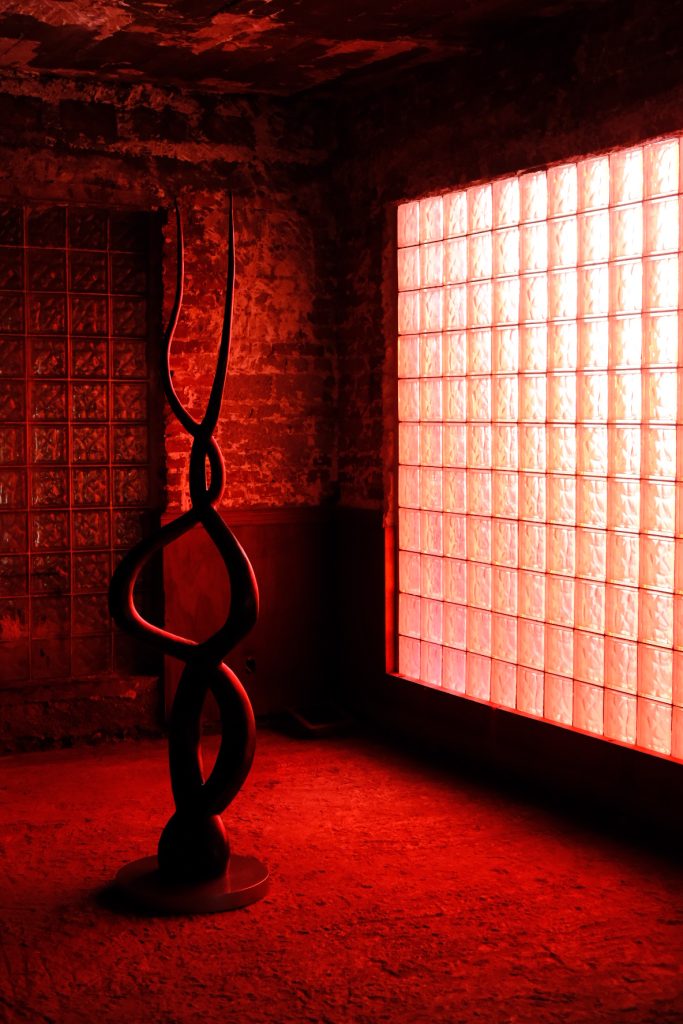
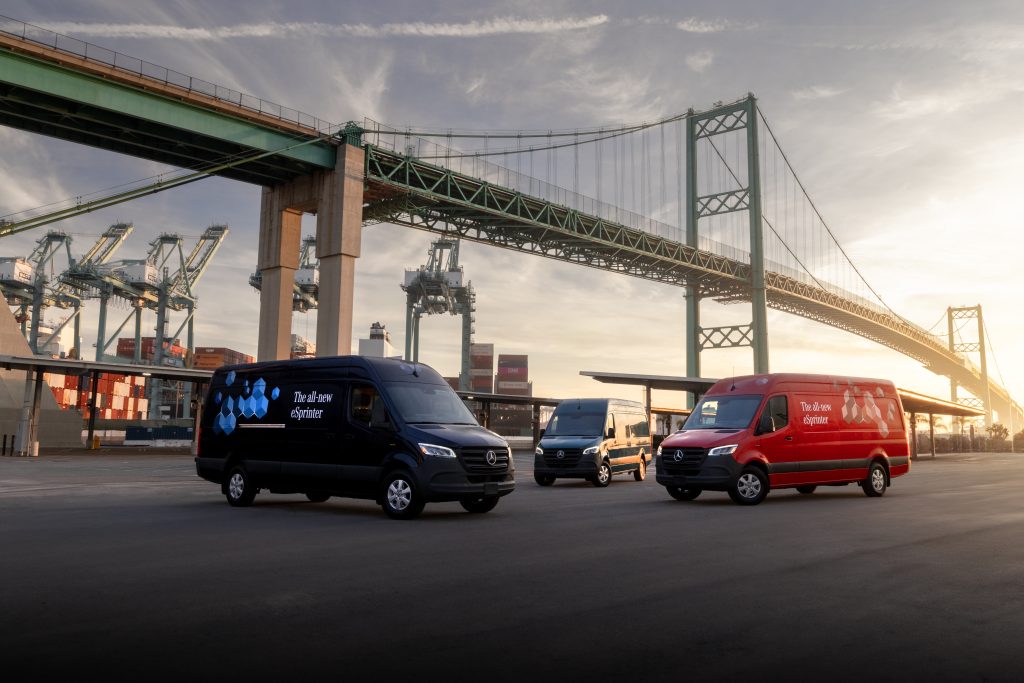

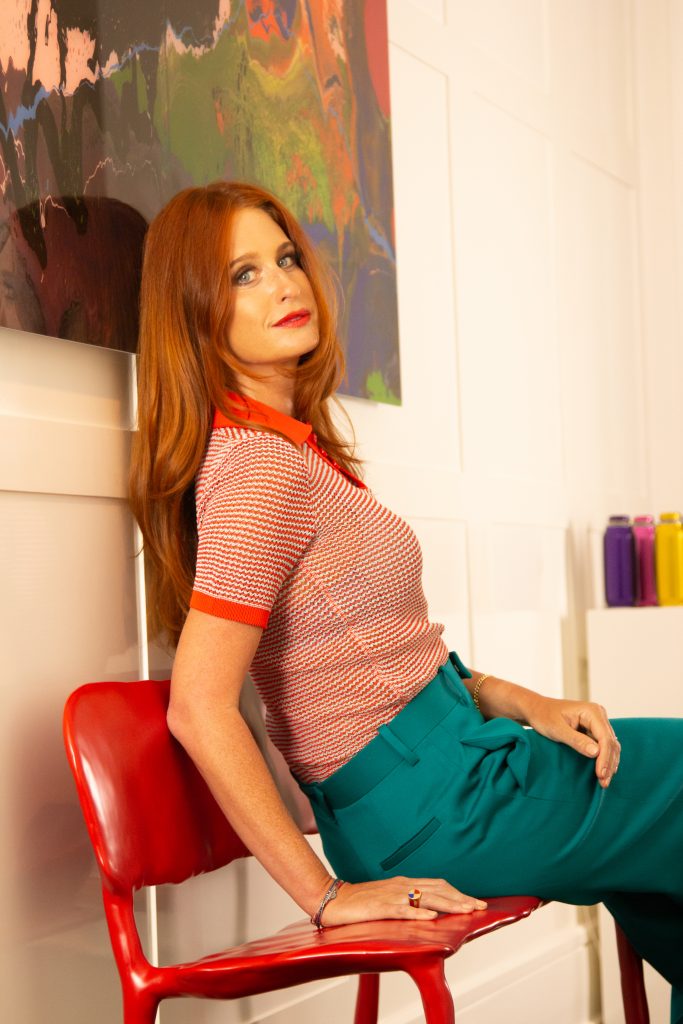



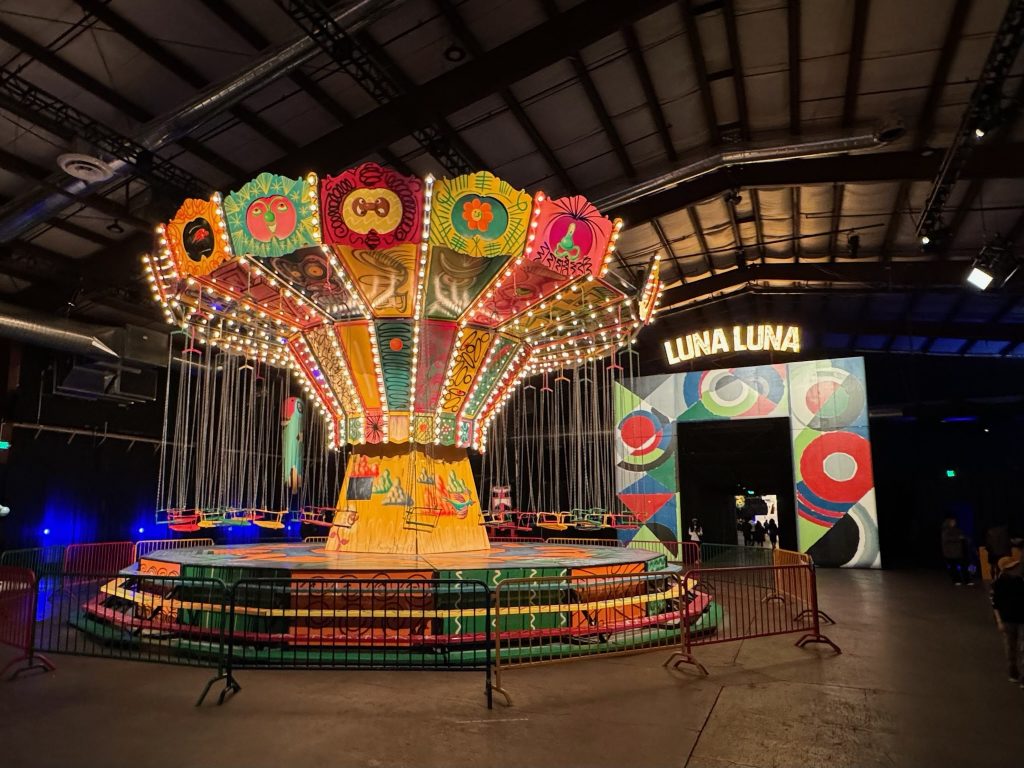
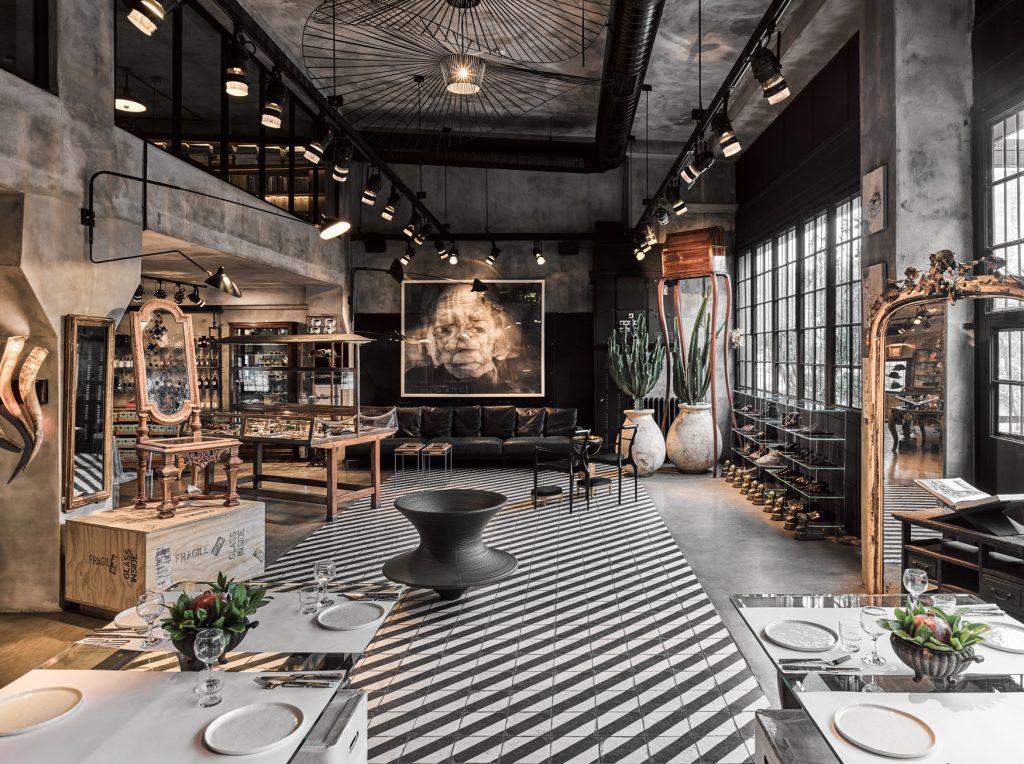
What are your thoughts?